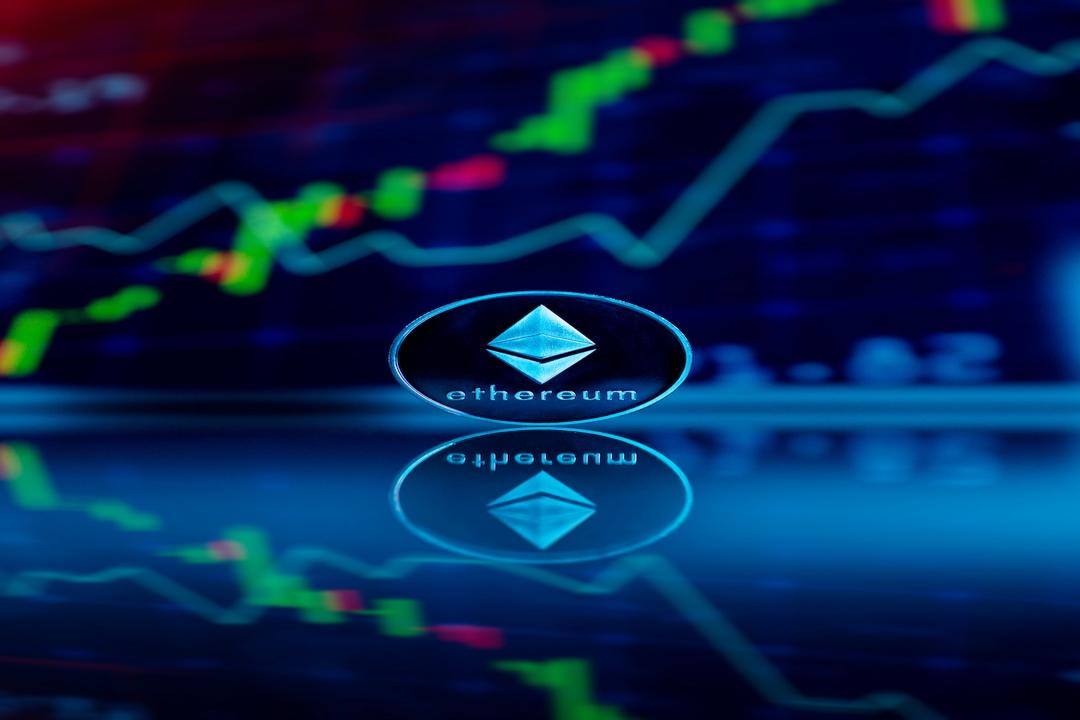Rewritten Article:
According to most measures of “tokenomics,” the value of memes should be close to zero (or even nonexistent). However, three memes have already entered the top 25 in terms of market capitalization ($DOGE, $SHIB, and $PEPE), and this proportion may increase further.
So, what’s going on? How can we objectively determine which memes are worth holding?
I have always referred to my internal framework as “attention economics,” which focuses on indicators that are more difficult to quantify than tokenomics. These indicators include, but are not limited to:
– Audience size: How large of an audience can this meme attract? (A meme about man’s best friend, dogs, obviously has more universal appeal than some obscure inside joke.)
– Sustainability: Is this meme a flash in the pan or is it relevant to human interests in the long term? In other words, is it likely to sustain attention? For example, PolitiFi coin is currently receiving a lot of attention, but what about coins related to election losers? Or winners?
– Gender appeal: Related to audience size, can this meme transcend gender boundaries and attract more holders?
– Visual representation: Can you capture the essence of this meme with an iconic image? It would be even better if you can combine meme visual elements with a new image (like putting a $WIF hat on someone).
– Accessibility: Is there a significant amount of funds active on the coin’s blockchain? For example, if you want to maximize the meme’s potential, you can launch it on $SOL.
– Category: Is this coin a pioneer or can it create an entirely new meme category (like national coins)?
– Endorsement: Are there well-known or inspiring figures associated with this coin? For example, $DOGE supported by @elonmusk or $WIF supported by @blknoiz 06.
– Community: Are the creators or fans of this coin active on social media?
– Catalyzing events: Are there upcoming news events that can spark more interest in this coin? For example, elections serve as catalysts for memes like $BODEN and $TRUMP.
– Origin story: Does this coin have an interesting story, mystery, or conspiracy surrounding its origin? Satoshi Nakamoto and Bitcoin are prime examples of this. RSIC•GENESIS•RUNE on BTC is also a good example. Did Casey create it?
– Geographic coverage: Does this coin attract an international audience or is it limited to specific jurisdictions?
– Atmosphere: Does this coin bring a good vibe? Does it make you laugh? Do you want to share it on social media?
In summary, the core idea of attention economics is that a coin’s ability to attract attention is more important than other indicators. The stronger its ability to attract attention, the greater its potential for upward movement. There are also some very practical and identifiable factors that determine a coin’s growth potential.
I remember when “tokenomics” first appeared; it seemed very cheesy. It felt too academic, like Wall Street people trying to dress up and join the cryptocurrency frenzy. However, in just a few years, tokenomics has been widely accepted and rigorously examined. Attention economics, on the other hand, is like a new addition to tokenomics.
Of course, over time, attention economics and tokenomics will gradually merge. I have said before that I believe the biggest memes will evolve into huge monsters with chains, DEXs, and brand applications (imagine Pepechain). They will gradually increase in utility (similar to what we saw with NFTs in the previous cycle).
But first and foremost, attention is the most important factor, and it is the only factor I consider when buying memes. As long as you can attract enough attention, the whole world will offer you its treasures.

